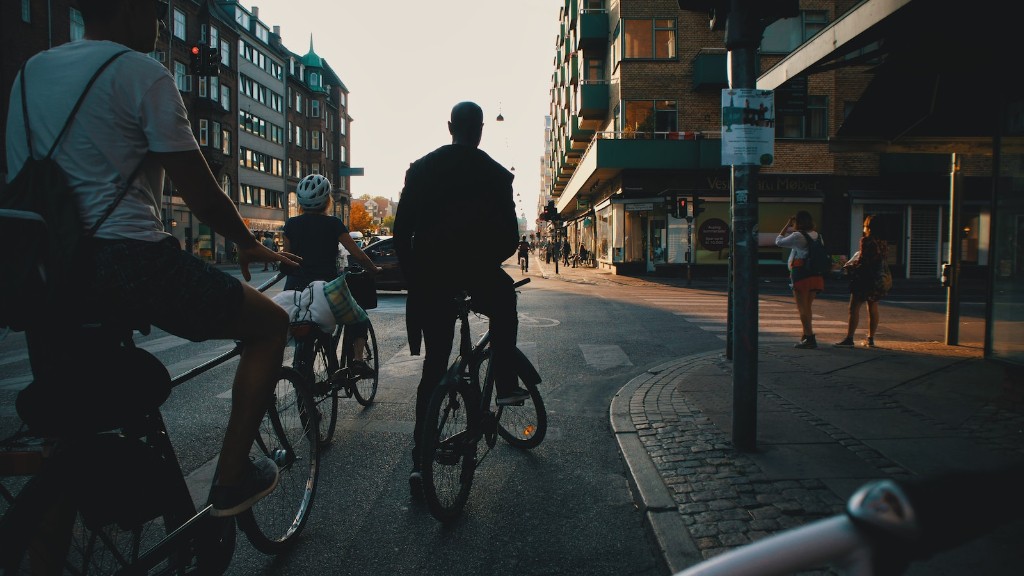What do People in Denmark Speak?
Denmark, officially known as the Kingdom of Denmark, is a Nordic country located in Northern Europe. The official language of Denmark is Danish, with approximately 5.8 million people speaking it as their first language. Danish is also recognized as one of the official languages of the Faroe Islands and Greenland, both autonomous territories under the Danish Realm.
Danish, a North Germanic language, belongs to the East Scandinavian branch along with Swedish. It traces its roots back to Old Norse, the language spoken by the Vikings. Over the centuries, Danish has evolved and incorporated influences from Low German, Middle Low German, and Standard German.
Danish is renowned for its unique pronunciation, characterized by its soft vowels, glottal stops, and distinctive melody. The pronunciation varies across regions, with slight differences in Jutland, Zealand, and Funen. Although Danish syntax shares similarities with English and German, the grammatical structure can be challenging for non-native speakers due to its use of grammatical gender, three genders in Danish, four grammatical cases, and verb conjugations.
In recent years, English proficiency has significantly increased in Denmark. Today, English is taught in schools from an early age, leading to a high level of fluency among the Danish population. In fact, Denmark consistently ranks among the top countries in the world for English proficiency. This proficiency is supported by the fact that many Danish TV shows and movies are subtitled rather than dubbed, encouraging exposure to the English language.
Furthermore, due to Denmark’s popular position as a member of the European Union, many Danes also possess a working knowledge of German. German is the most widely spoken language in Europe and is considered a valuable skill for business and travel purposes.
Expert Insights and Perspectives
According to language expert Dr. Lars Jensen, “The Danish language is an integral part of Danish culture and identity. It connects the Danish population and reinforces a shared sense of belonging.” He further adds, “Danish is a vibrant language that continues to evolve and adapt to modern times, welcoming loanwords from other languages while retaining its unique features.”
Dr. Karen Møller, a linguistics professor, notes, “The rise in English proficiency in Denmark is not just due to formal education but also the influence of pop culture, music, and the internet. English has become a global language, and Danes recognize its importance in their increasingly interconnected world.”
Danish Sign Language
In addition to spoken languages, Danish Sign Language (Dansk Tegnsprog) is used by the deaf community in Denmark. Danish Sign Language has its own grammar and syntax and is recognized as a separate language from Danish. It plays a crucial role in ensuring accessibility and inclusion for the deaf population in various domains of life.
Regional Languages in Denmark
Besides Danish, there are two official regional languages in Denmark: Greenlandic and Faroese.
The Greenlandic language, also known as Kalaallisut, is spoken by the majority of the population in Greenland. It belongs to the Eskimo-Aleut language family and has dialectal variations. Greenlandic is written using a modified version of the Latin alphabet introduced by Danish missionaries.
Faroese is spoken in the Faroe Islands and is closely related to Icelandic and Norwegian. With around 80,000 speakers, Faroese has its own orthography, influenced by Danish. Faroese is mandatory in schools in the Faroe Islands, ensuring the preservation and vitality of the language.
Conclusion
The linguistic landscape of Denmark is rich and diverse, with Danish serving as the primary language of communication. English proficiency is widespread and growing, contributing to Denmark’s global connectivity. Additionally, Danish Sign Language, Greenlandic, and Faroese play vital roles in the country’s cultural and linguistic tapestry. Denmark continues to embrace linguistic diversity while cherishing its mother tongue, Danish, as a symbol of national identity and unity.



